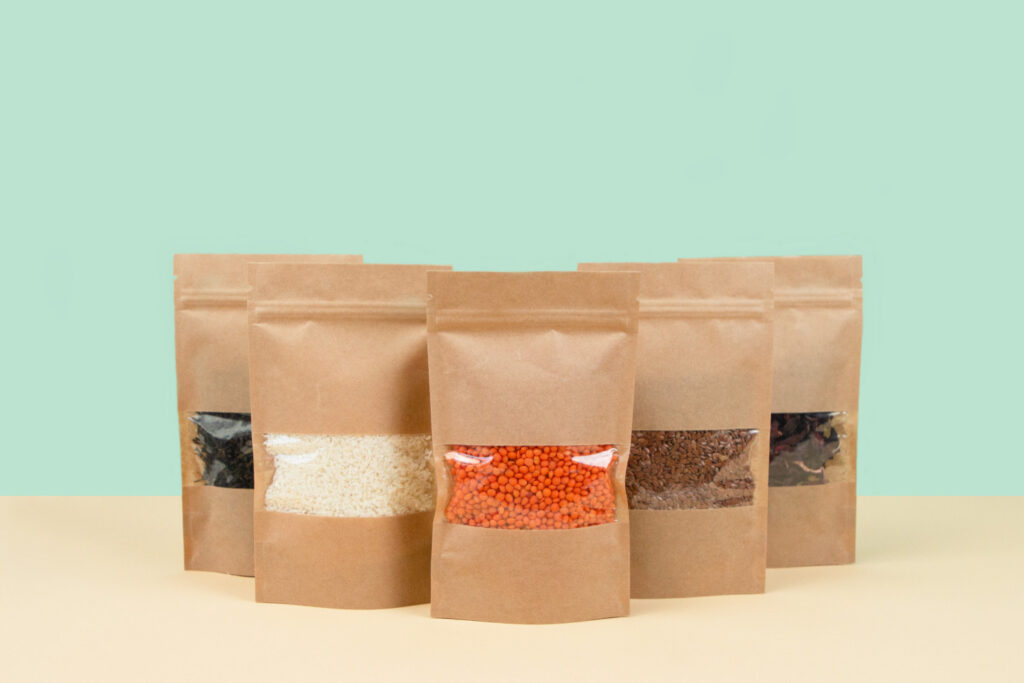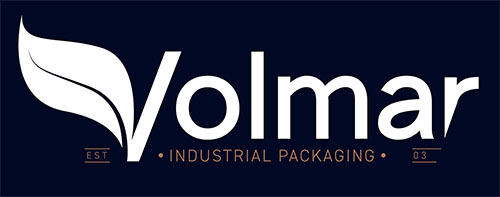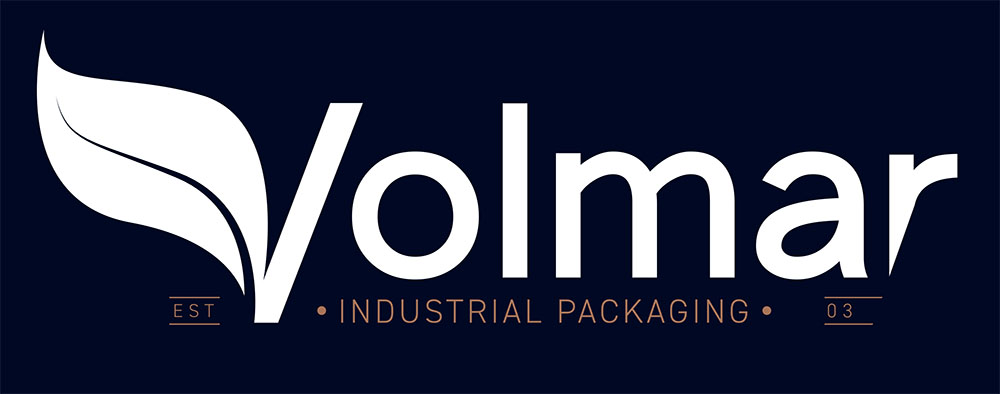
The packaging sector is constantly evolving and in recent years flexible packaging received more and more attention thanks to its versatility and resistance. But is it really the future of packaging?
In this article, let’s see the crucial role that flexible packaging played in the past and explore the reasons why more and more companies are choosing this solution.
Packaging then and now
Packaging has been evolving substantially over the years. In the past, packaging was rigid and inflexible: cardboard boxes and plastic containers were the most common choices for food packaging. These materials certainly have their advantages, like resistance, but also disadvantages due to their bulkiness, weight and environmental impact.
Today, flexible packaging is revolutioning the packaging sector. Materials such as plastic films, vacuum bags and resealable pouches took the market by storm. These materials are lightweight, take up much less space and allow for greater use of resources.
Why choose flexible packaging?
There are many reasons why companies are increasingly opting for flexible packaging. One of the main ones is its practicality. Flexible packaging is light and easy to transport, which reduces shipping costs and environmental impact. Also, it is often easier for consumers to open and close, improving their experience and preserving the product’s organoleptic properties.
Flexible packaging can also be customized in various ways. For example, when it is designed with captivating graphics and transparent elements to make the product visible and easy-to-open closures. This flexibility allows companies to stand out from the competition and meet consumers’ specific needs.
Another aspect to consider is waste reduction. Flexible packaging is often designed to minimize food waste, with hermetic seals and materials that extend the product’s shelf life. This is particularly important in the food sector, where it is essential to preserve product quality and aid storage.
Can flexible packaging be green?
Another important issue to look into is the sustainability of flexible packaging. As highlighted, traditional packaging, like cardboard boxes and rigid containers, is often criticized for its environmental impact.
Many producers are developing recyclable and compostable flexible packaging materials to cater to the need for green packaging. These materials can help to reduce the environmental impact of packaging. It’s also important to keep in mind that flexible packaging is lightweight; therefore, it can keep transport costs down and any associated carbon emissions.
Although the future of packaging is still evolving, flexible packaging seems destined to play a significant role.
At Volmar Packaging, we offer a wide range of flexible packaging for food products. Every day, we strive to offer innovative food packaging solutions that favor sustainability.

